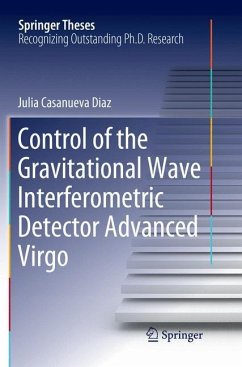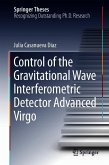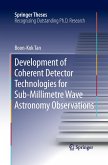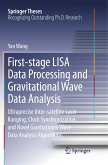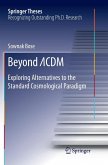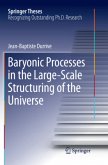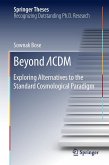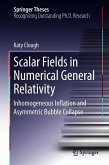This book focuses on the development and implementation of the longitudinal, angular and frequency controls of the Advanced Virgo detector, both from the simulation and experimental point of view, which contributed to Virgo reaching a sensitivity that enabled it to join the LIGO-Virgo O2 run in August 2017. This data taking was very successful, with the first direct detection of a binary black hole merger (GW170814) using the full network of three interferometers, and the first detection and localization of a binary neutron star merger (GW170817).
The second generation of gravitational wave detector, Advanced Virgo, is capable of detecting differential displacements of the order of 10-21m. This means that it is highly sensitive to any disturbance, including the seismic movement of the Earth. For this reason an active control is necessary to keep the detector in place with sufficient accuracy.
The second generation of gravitational wave detector, Advanced Virgo, is capable of detecting differential displacements of the order of 10-21m. This means that it is highly sensitive to any disturbance, including the seismic movement of the Earth. For this reason an active control is necessary to keep the detector in place with sufficient accuracy.

